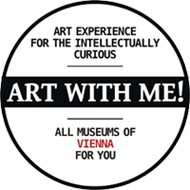Leonardo vs Michelangelo vs Titian vs Tintoretto, etc., etc…
Idols and Rivals
If you dream of becoming an art historian and you have got two hours only, then “Idols and Rivals” is the right thing for you! No, this is not an advertisement for an online course, but rather a review of this fall’s exhibition at Vienna’s Kunsthistorisches Museum.
The exhibition “Idols and Rivals” gives an outline of what art historians study, but in a brief, bright and entertaining way. There is a change of periods from Antiquity to Academism, comparisons of compositions and techniques, a parsing of artists’ styles, big names and many exciting stories from the lives of famous artists. Of course, the choice of exhibits is rather selective, but this is still an exhibition and not a university.
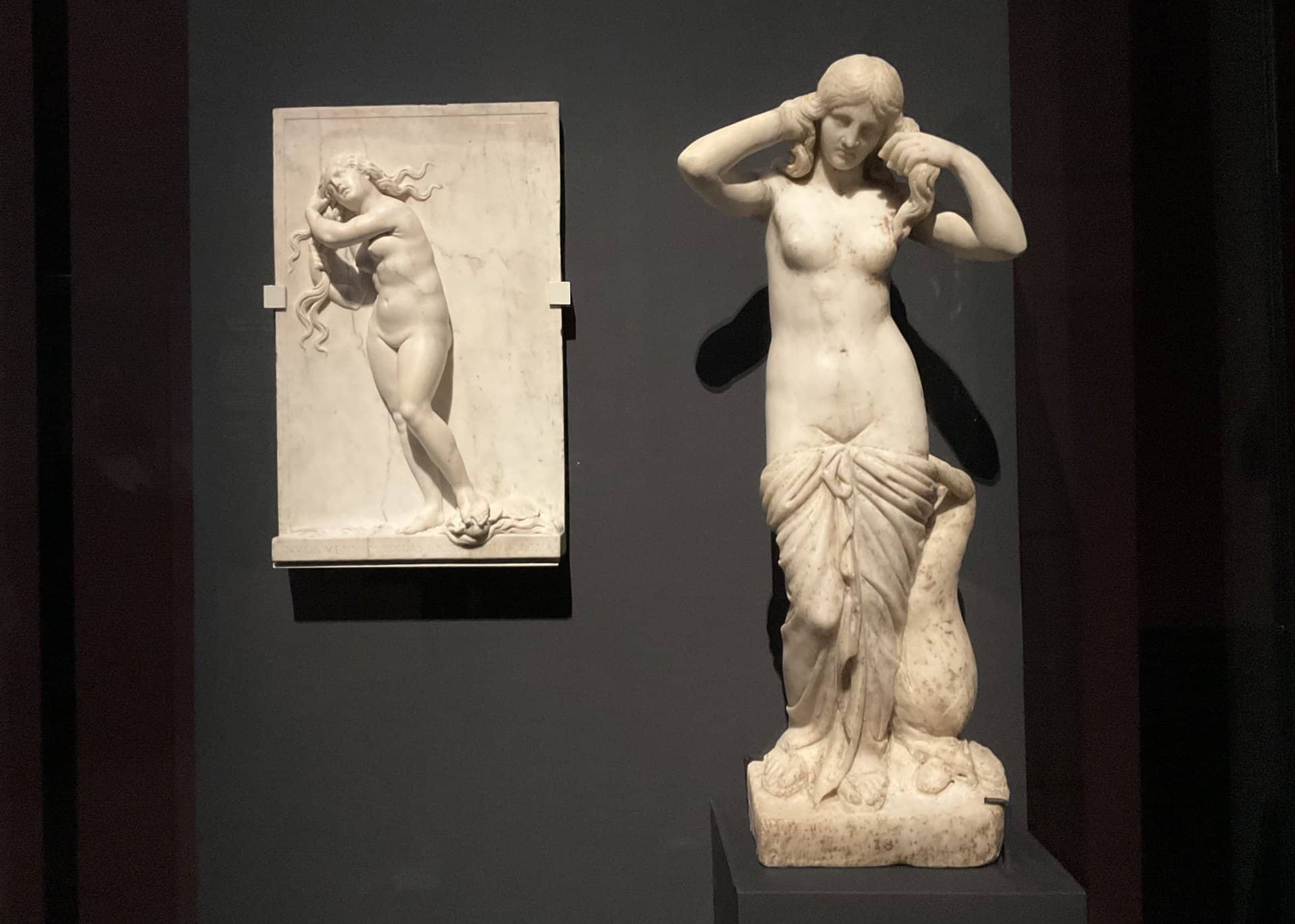
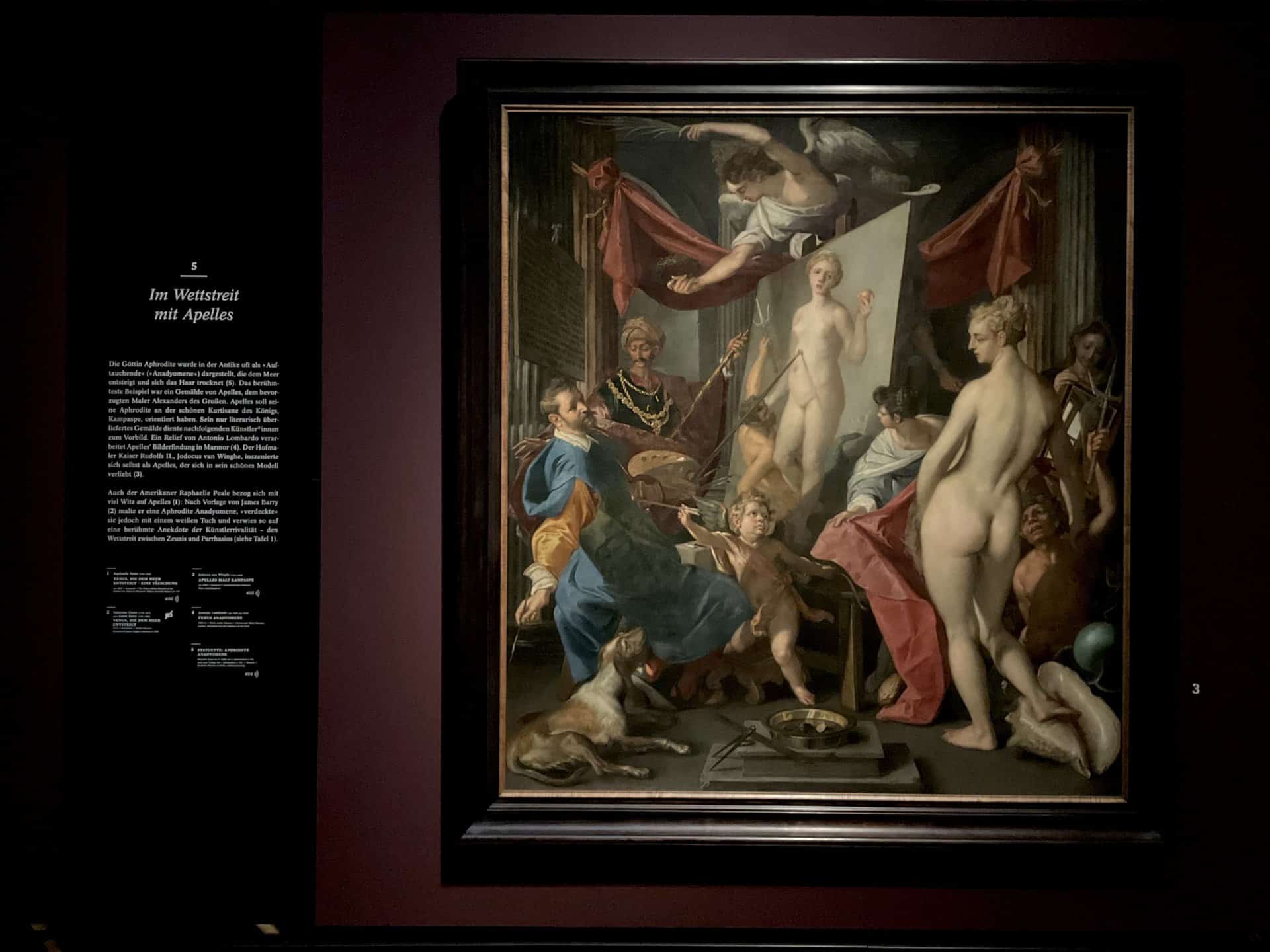
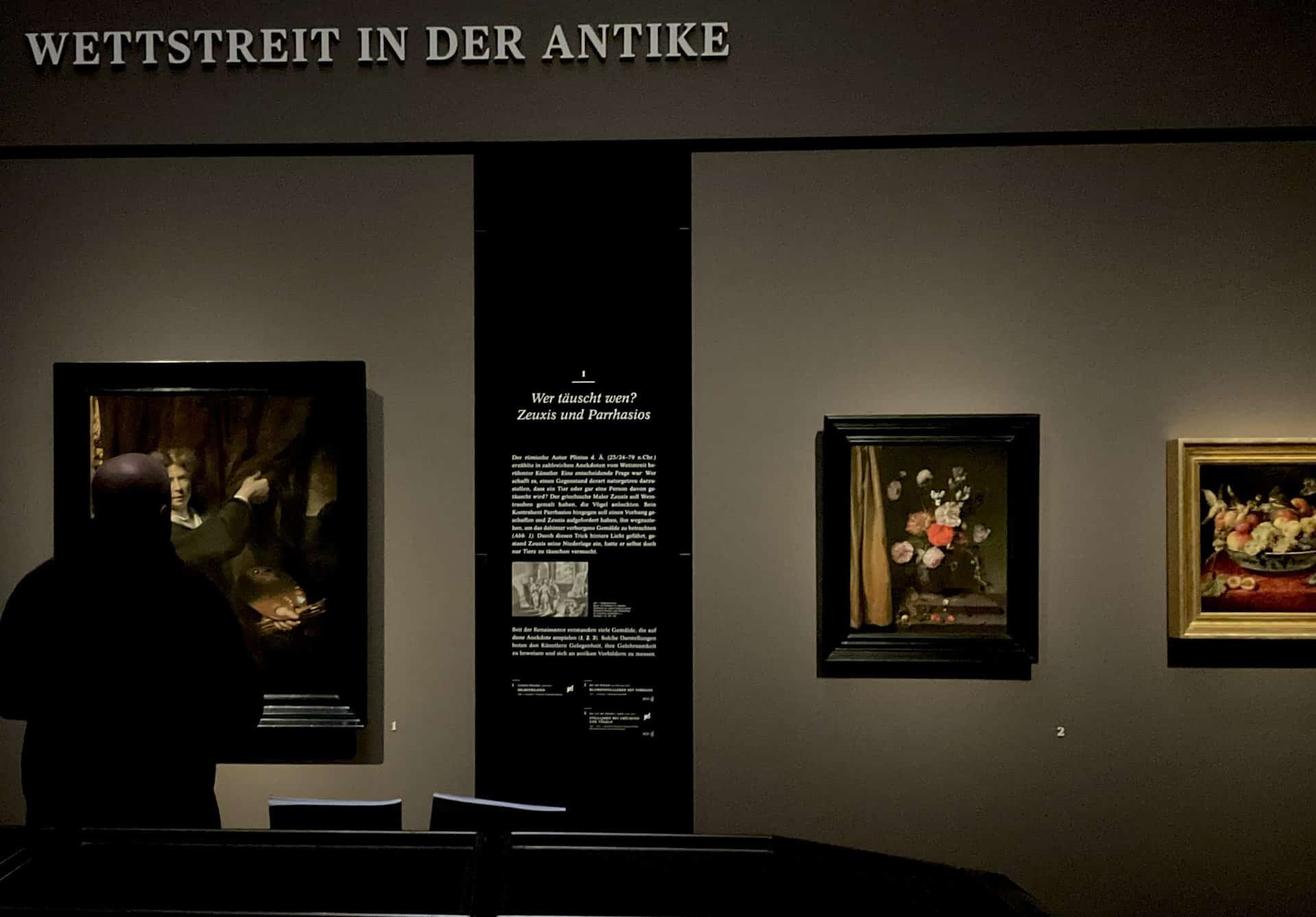

Legendary icons
The theme of competition is a fundamental part of Western culture, and so it is quite predictable that the exhibition opens with ancient stories and myths. These include the competition between Apollo and Marsyas, Homer and Hesiod, and Parrhasius and Zeuxis. In addition to illustrations of these competitions, the golden laurel wreath is also on display, so that the boundary between the mythical and the real doesn’t seem so unbridgeable. The efforts of the artists to create a realistic image may seem excessive to a modern viewer. All those stories about the birds mistaking the fruit in the painting for real, or the viewers chasing the painted flies off the canvases, may look like a goose chase.
But the fact that tabloids still generate clickbait headlines today, writing about incidents with Madame Tussauds exhibits as if they were incidents with living people, is proof that creating illusions is an undeniable technological and aesthetic value.
Still, one gets the feeling that one would have to see the legendary work of Parassius to believe in the painted curtain that one wants to pull away. The paraphrases by Cornelis Bishop and Jan van Rossum on the show are not very convincing. But in the department where the so-called “trompe-l’œil” works are displayed, the illusion is perfect. Observe the work by Sebastian Stoskopf and Martin Joseph Geerarts. To see at a first glance that painting here imitates drawing or sculpture is quite difficult. But, one must bear in mind that expectations, like well-directed light, sometimes play a more important role than the mastery of the artist.
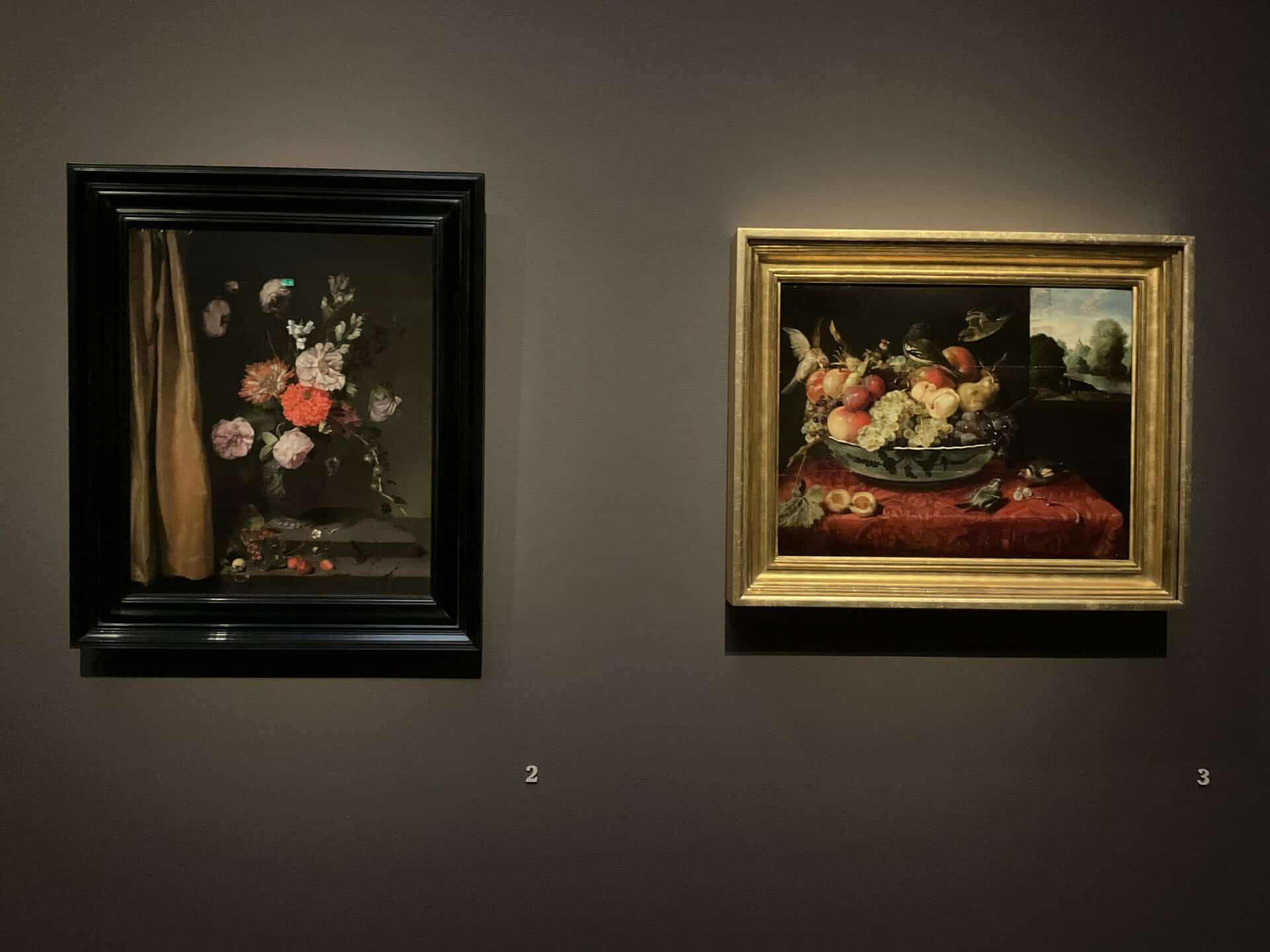
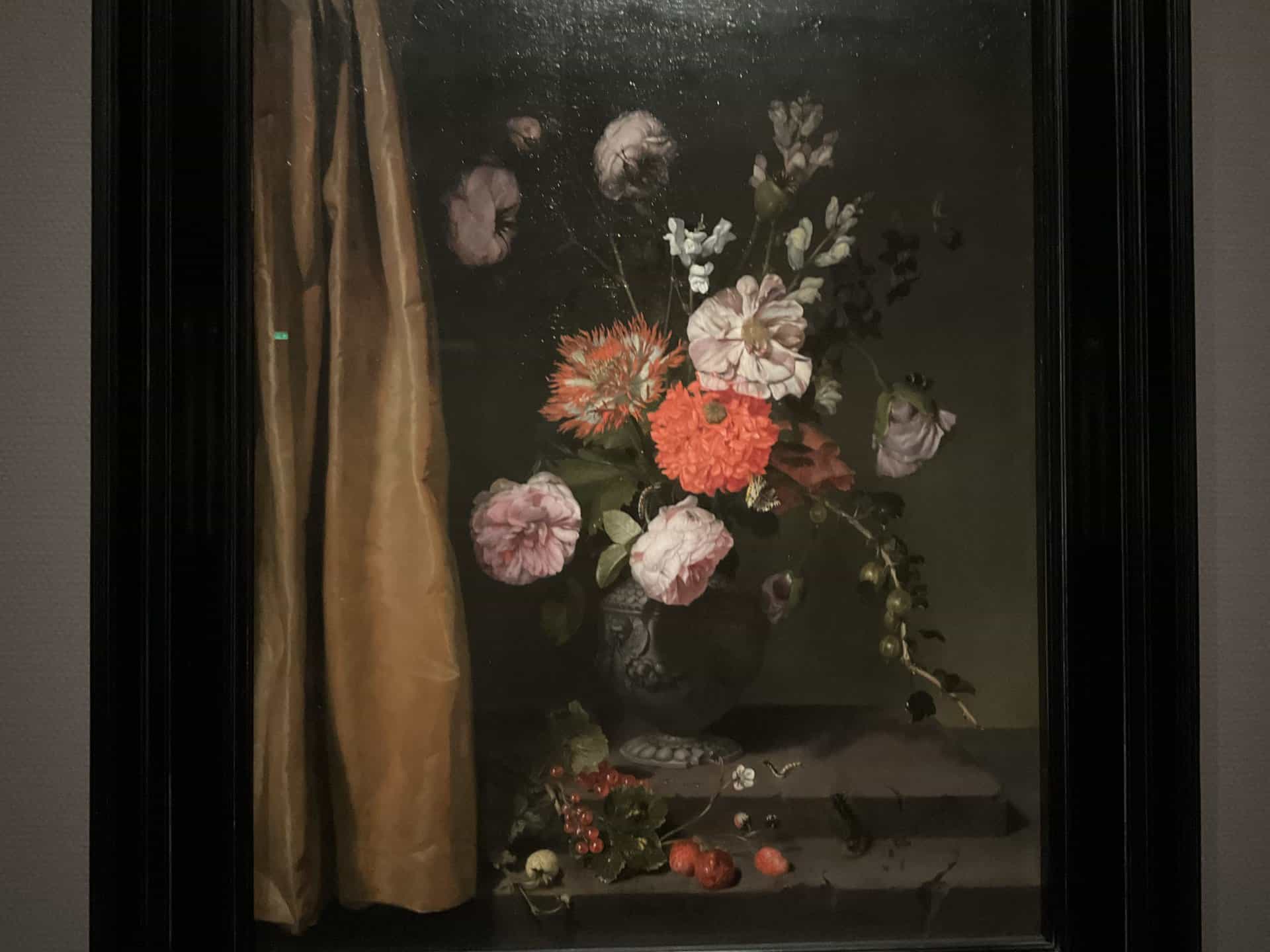
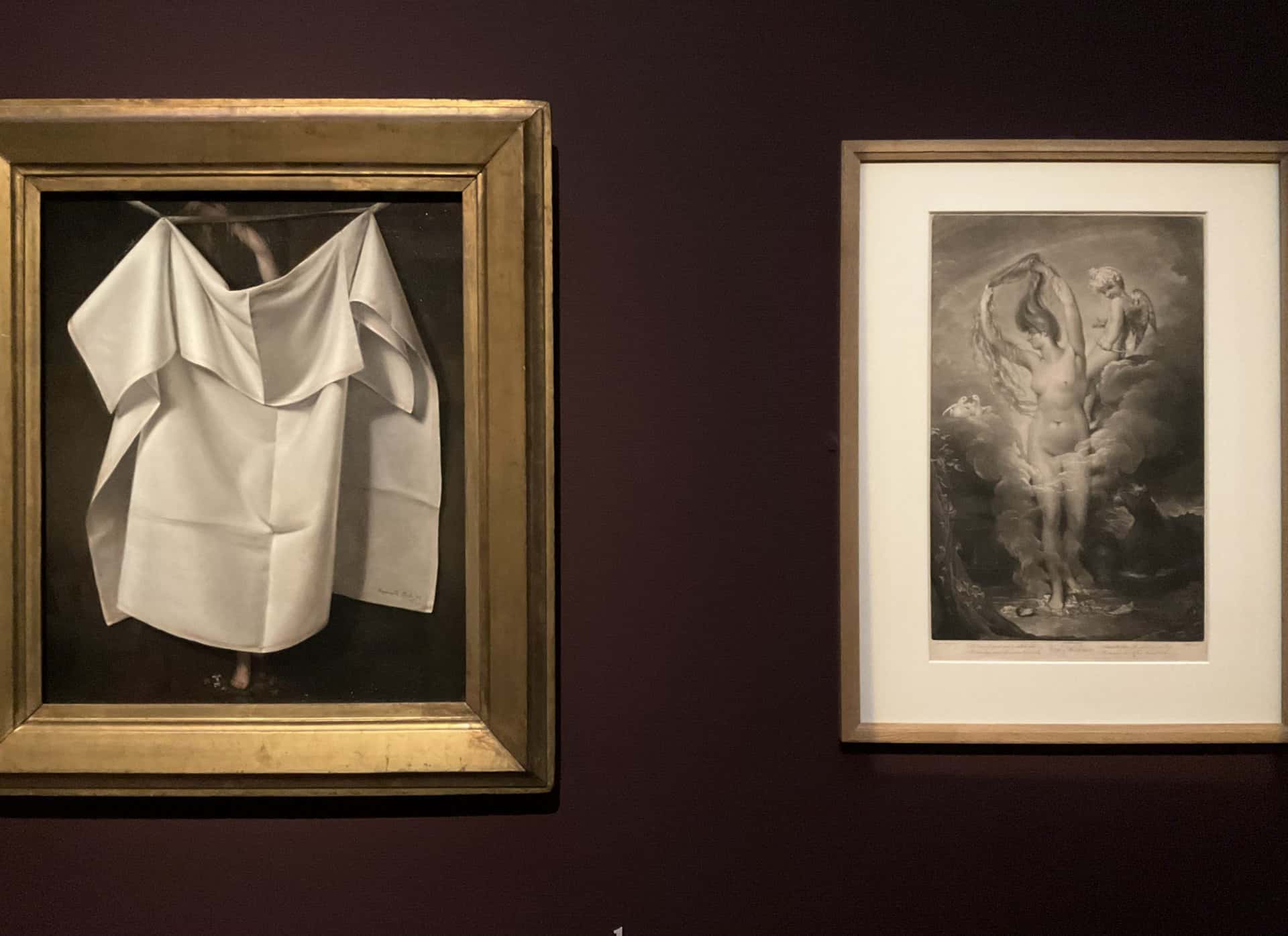
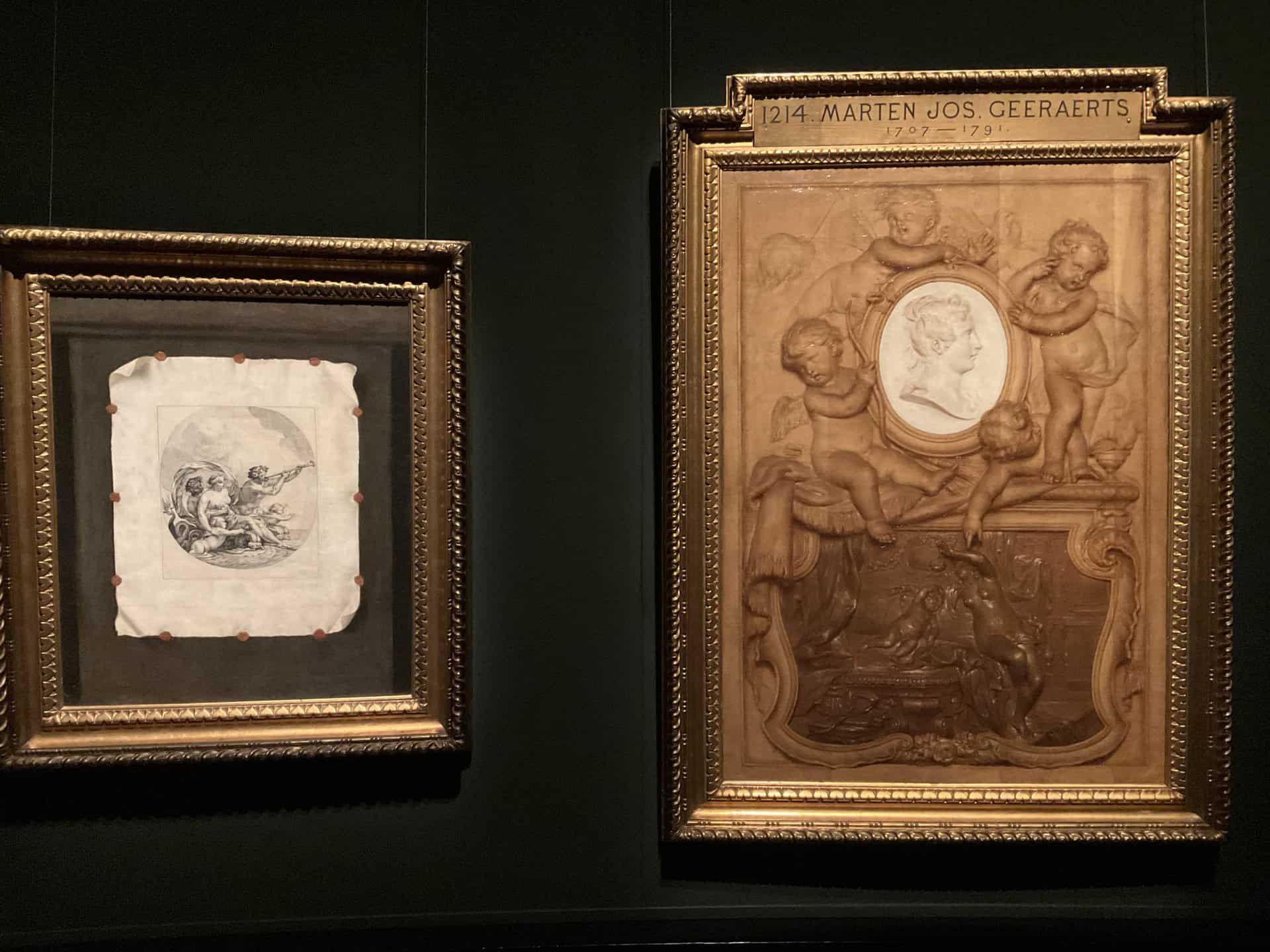
Leonardo vs Michelangelo vs Titian vs Tintoretto
The exhibition features big names of Italian Renaissance stars such as Leonardo, Michelangelo, Ghiberti and Brunelleschi. But there are no originals of their works at the exhibition. Obviously, neither Leonardo’s The Battle of Anghiari nor Michelangelo’s Moses can be presented for objective reasons – the works are either lost or not transportable. Therefore curators use copies (and copies of copies) of legendary masterpieces to show the scale of their impact on the professional art world. Undoubtedly, copies and imitations prove the influence of extraordinary works on their contemporaries. But how can you measure how much they can recreate the effect produced by the original? By 10%, by 20%…?
However, when the chronological framework reaches the Late Renaissance and Baroque, one can compare Titian and Tintoretto, Rubens and Van Dyck with some of their finest works, mostly from the Kunsthistorisches Museum’s own collection.

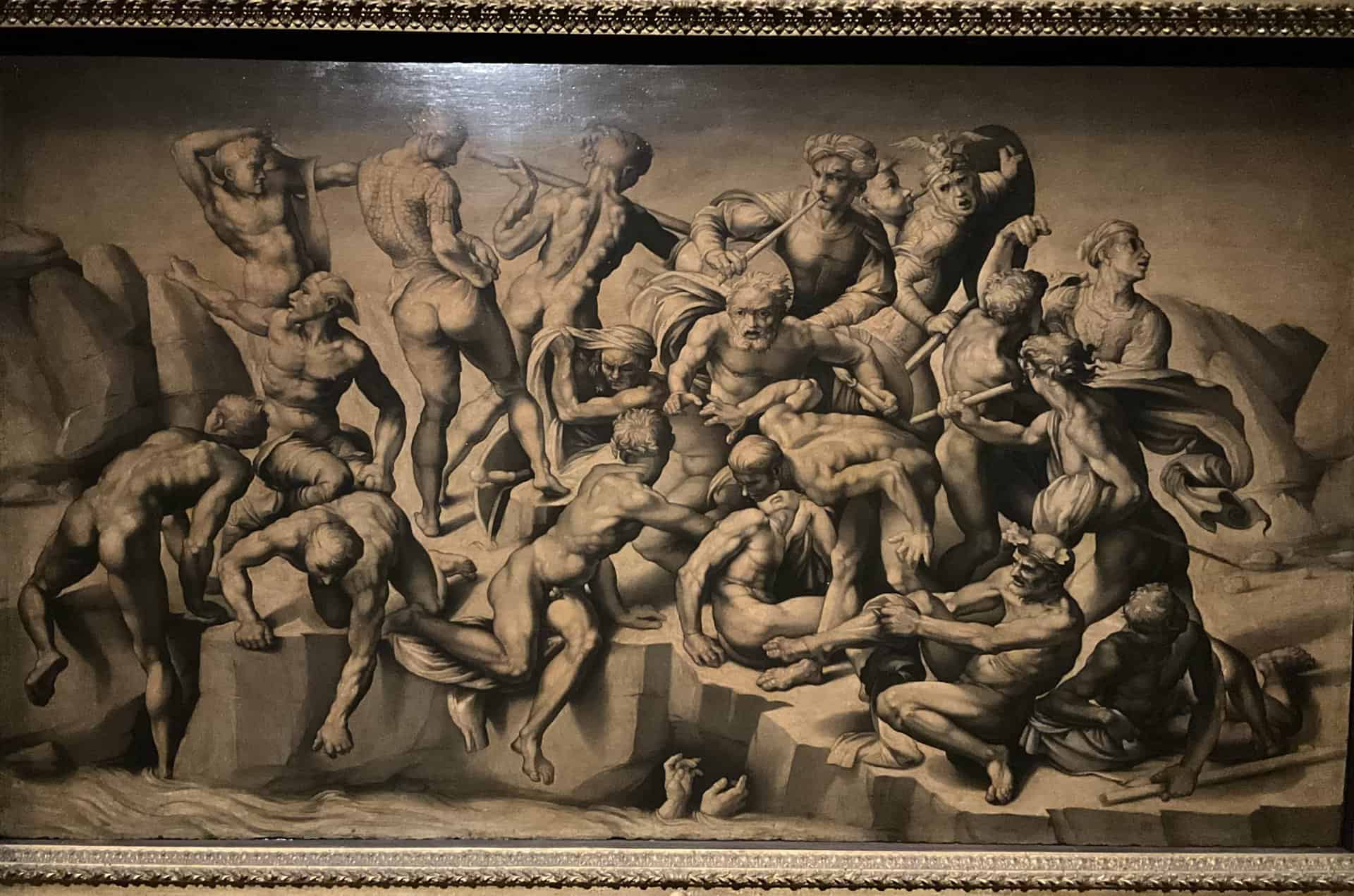
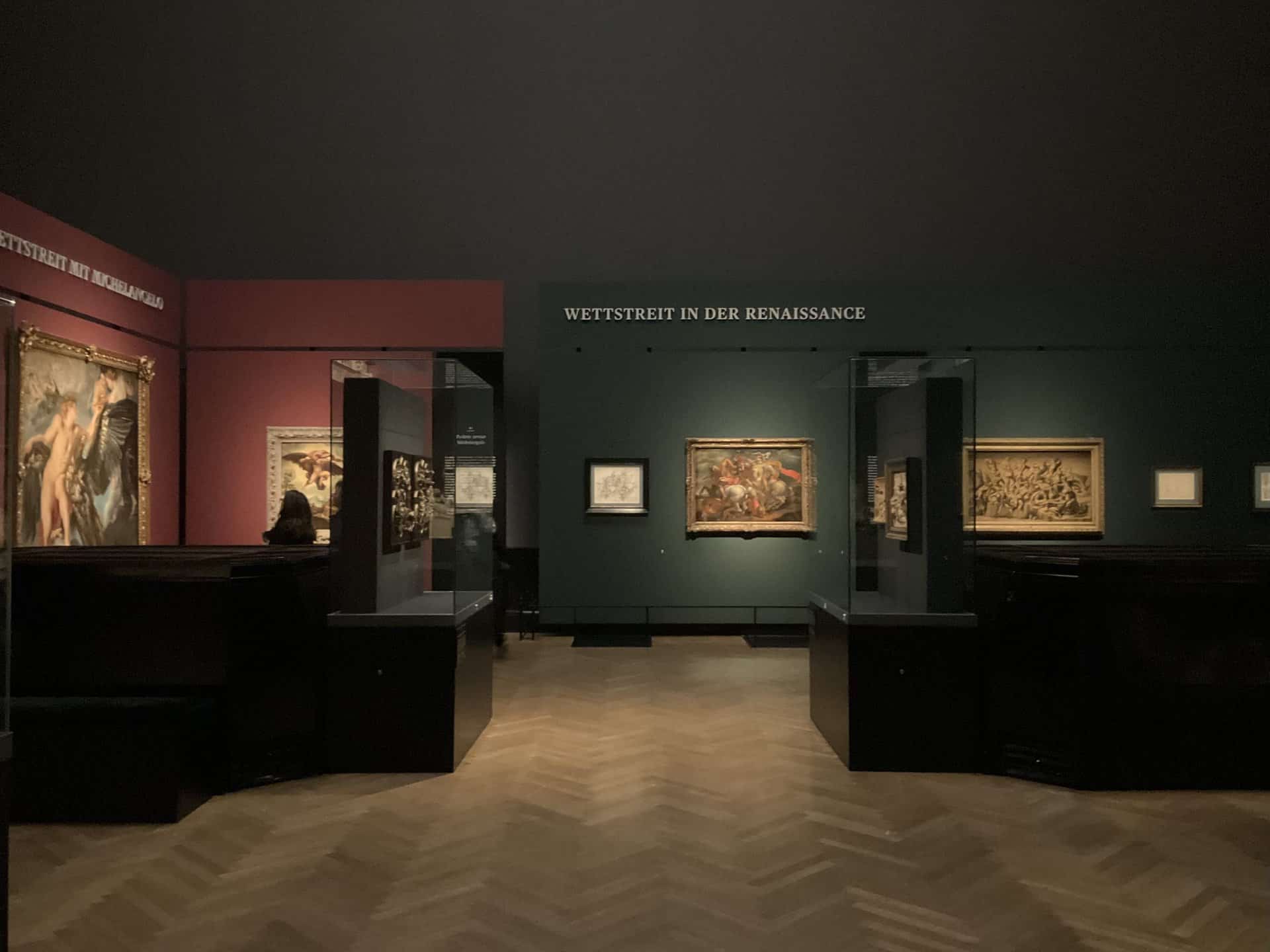

Drama and routine
The most dramatic part of the exhibition, Deadly Competition, is illustrated by the names of not so prominent artists. But stories where losing out on the speed of writing (Luca Giordano vs Carlo Dolci) or the realism of depiction (Christopher Powdys vs Franz Roesl von Rosenhof) led to the artist’s death cannot but arouse increased interest. Not just sex, death sells well too, ask Agatha Christie.
The theme of copying and imitation is almost central throughout the exhibition. Coming up with something new, whether it’s a composition or a subject, is difficult not only for artists. And many sections of the exhibition show an appropriation of particularly successful, characteristic compositions, poses and gestures.
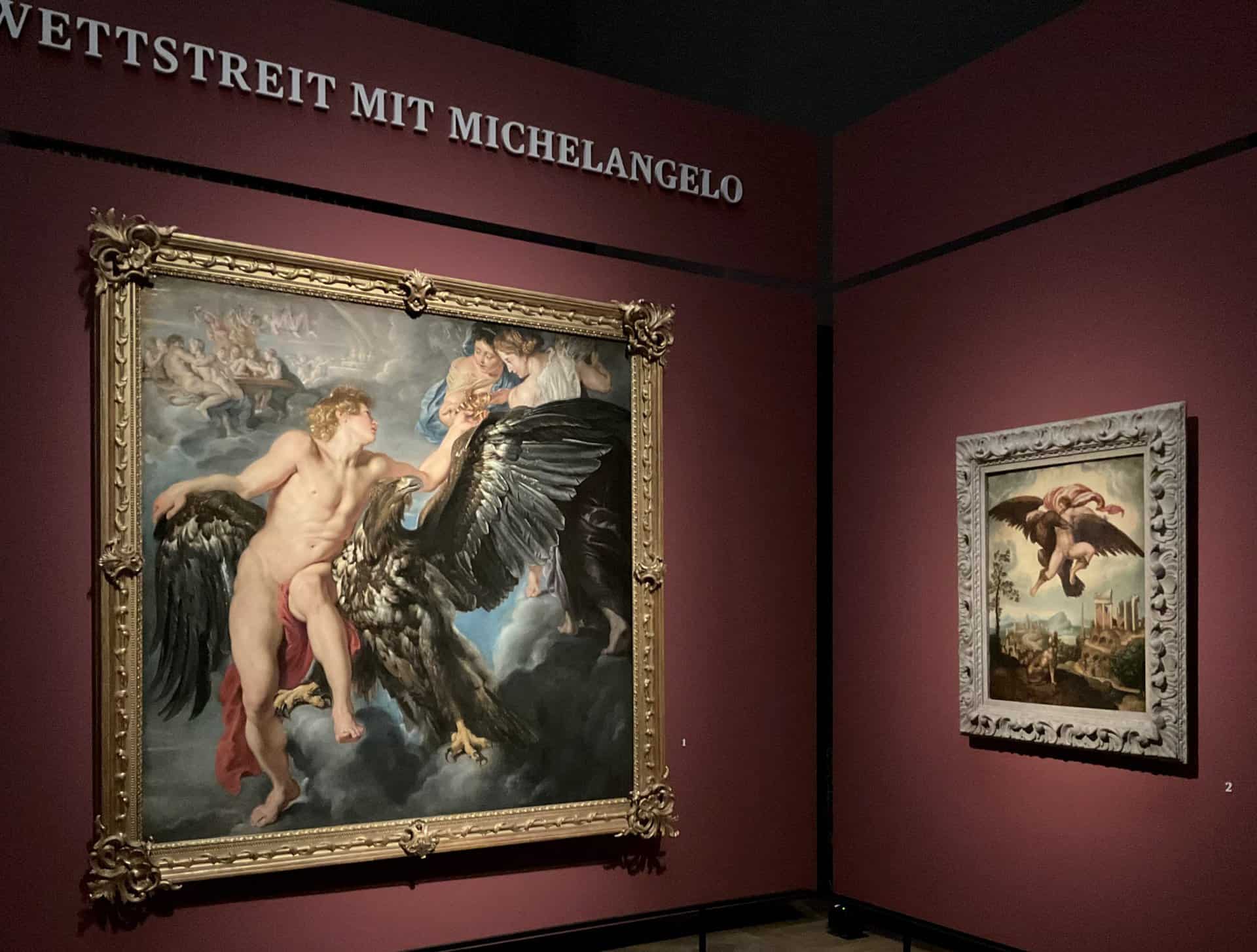
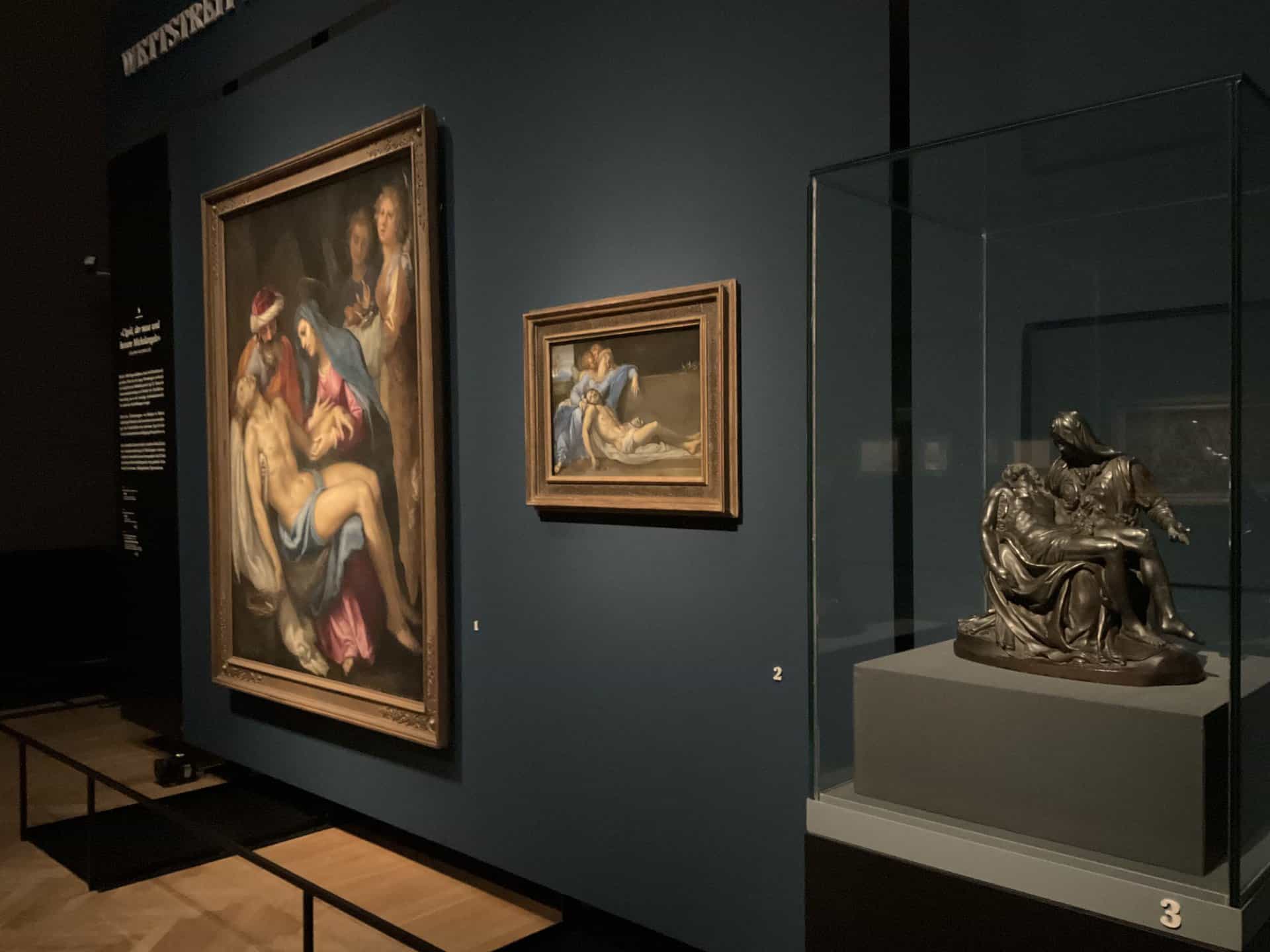
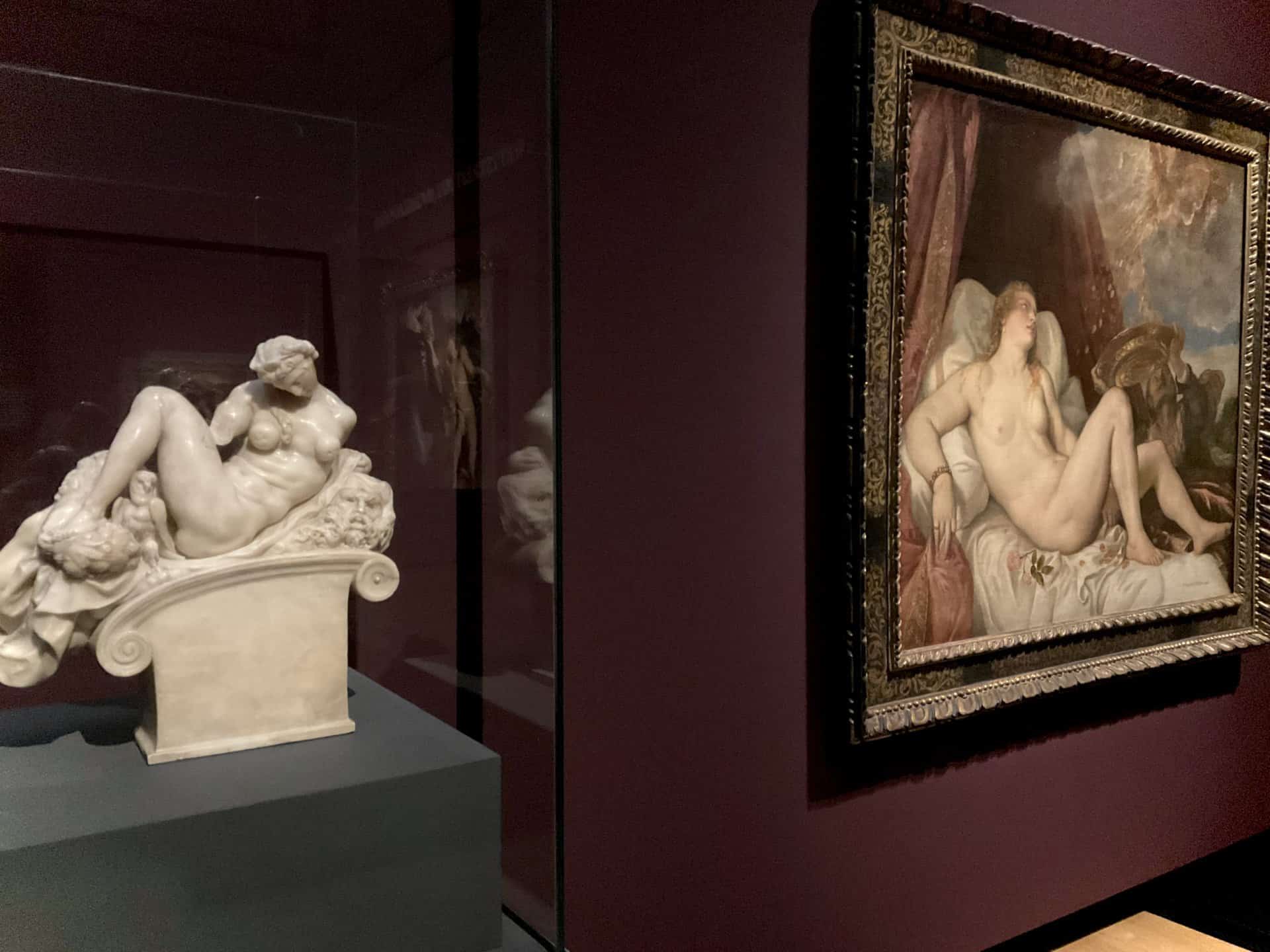
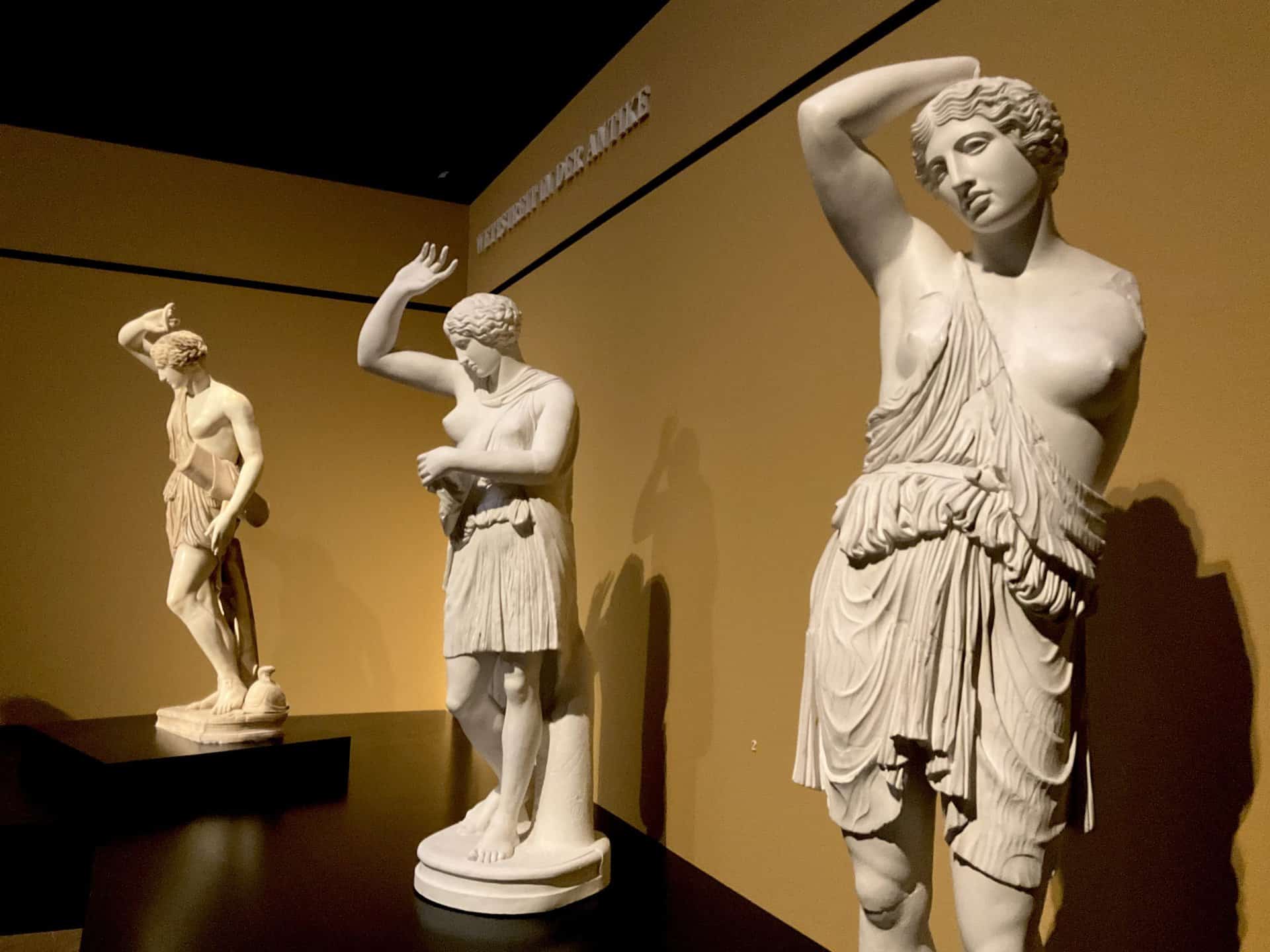
People’s Choice
As viewers already compare works – it is difficult to spend time at the exhibition any other way, so the curators decided to give an outlet for this activity by organising a vote at the “competing” pairs. Every visitor to the exhibition can cast their vote for their favourite entry. The results of this voting are presented in the last room and show a fairly representative cross-section of the average preferences of today’s audience. This “people’s choice” would not have surprised not only the artists Komar and Melamid, who researched popular taste back in the 1990s but also the ornithologists studying satin bowerbirds. A film about their mating behaviour (bowerbirds, not ornithologists), which includes the construction of elaborate, colourful installations, is also screened in the exhibition.
The curators of the exhibition cannot be accused of a lack of irony. They placed a video projection of the vote in front of a small window displaying a work by Roger de Peel, dedicated to an “objective” comparison of the styles of the great artists. It was he who “justified” Raphael’s superiority and Caravaggio’s failure.
The curators of the exhibition cannot be accused of a lack of irony. They placed a video projection of the vote in front of a small window displaying a work by Roger de Peel, dedicated to an “objective” comparison of the styles of the great artists. It was he who “justified” Raphael’s superiority and Caravaggio’s failure.
Here the viewer, who has spent some hours playing judge, is presented with evidence that making a judgement on art is a game, and the winner is not the one who better justified his point of view, but the one who enjoys the process.
Address of the Kunsthistorisches Museum: Burgring 5, 1010 Wien
The exhibition is on show until 8 January 2023 from 10:00 am to 6:00 pm daily, Thursdays until 9:00 pm.
https://idole-rivalen.khm.at/en/
